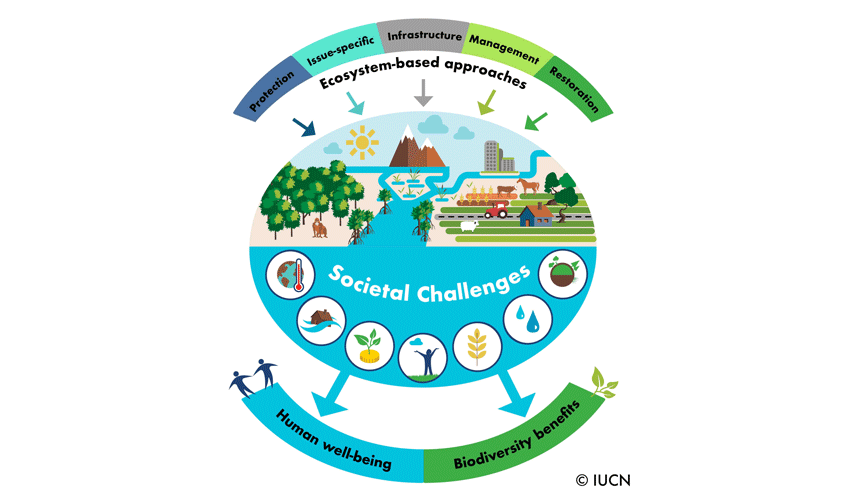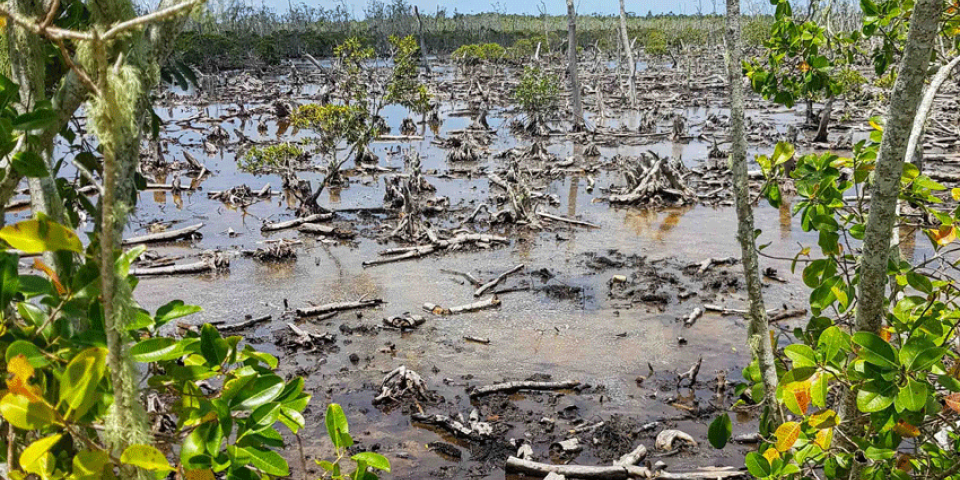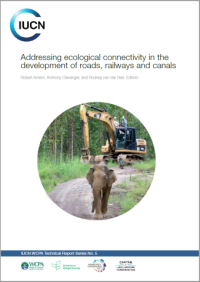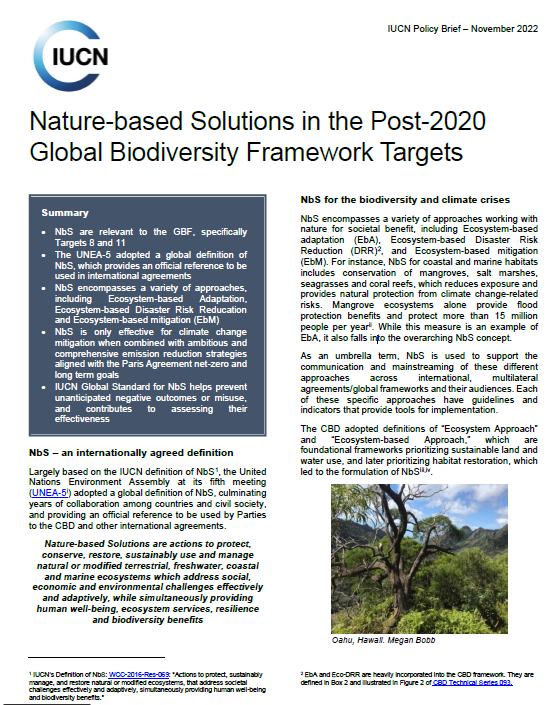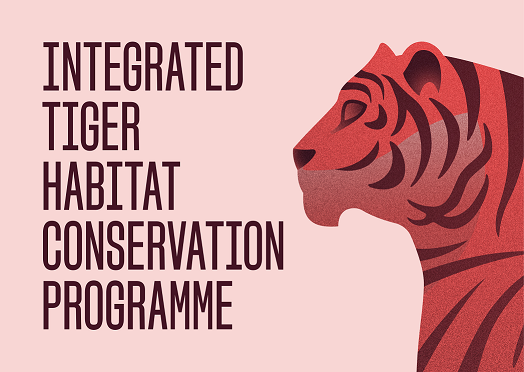What can be done?
While evidence of effective NbS exists across different sectors, it needs to be brought together in a robust evidence base and business case to connect the natural capital and finance world to NbS and help secure further resources and interventions.
Even more importantly, there is a need for a standardised approach and means of assessing the strength of an NbS. Such a tool will provide guidance on how to design effective NbS projects to prevent harm to people or biodiversity, and to maximize their potential to address societal challenges within the context of the climate and biodiversity crises.
The IUCN Global Standard for Nature-based Solutions, launched in July 2020, addresses this need. It consists of eight criteria and their associated indicators, which address the pillars of sustainable development (biodiversity, economy and society) and resilient project management. These criteria directly respond to the existing gaps found in the 2019 IUCN report: scale, policy and complementarity to other interventions. The governance structure of the IUCN Global Standard will be responsible for revising the criteria every four years, enabling improvement and incentivising engagement with the NbS approach across sectors.
Implementers of NbS can use the Global Standard, its user guide and self-assessment tool to consistently design effective NbS projects that are ambitious in scale and sustainability, creating a shared language for stakeholders and facilitating innovative partnerships. Donors and financers can invest in NbS with the Global Standard as a benchmark minimising risks and providing increased security. All user groups across the public and private sectors can also further engage with the governance structure of the Global Standard, which connects stakeholders worldwide and ensures via feedback that the Global Standard is used for its full potential to mainstream NbS.
With involvement across sectors, the Standard will enable Nature-based Solutions to be implemented worldwide, contributing their full potential to addressing societal challenges.


